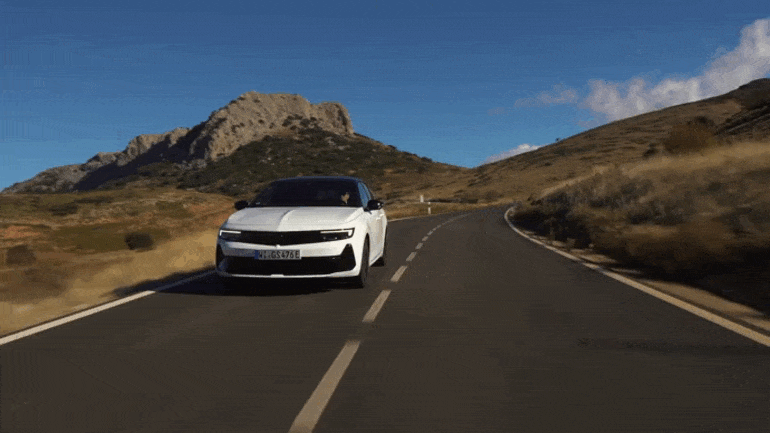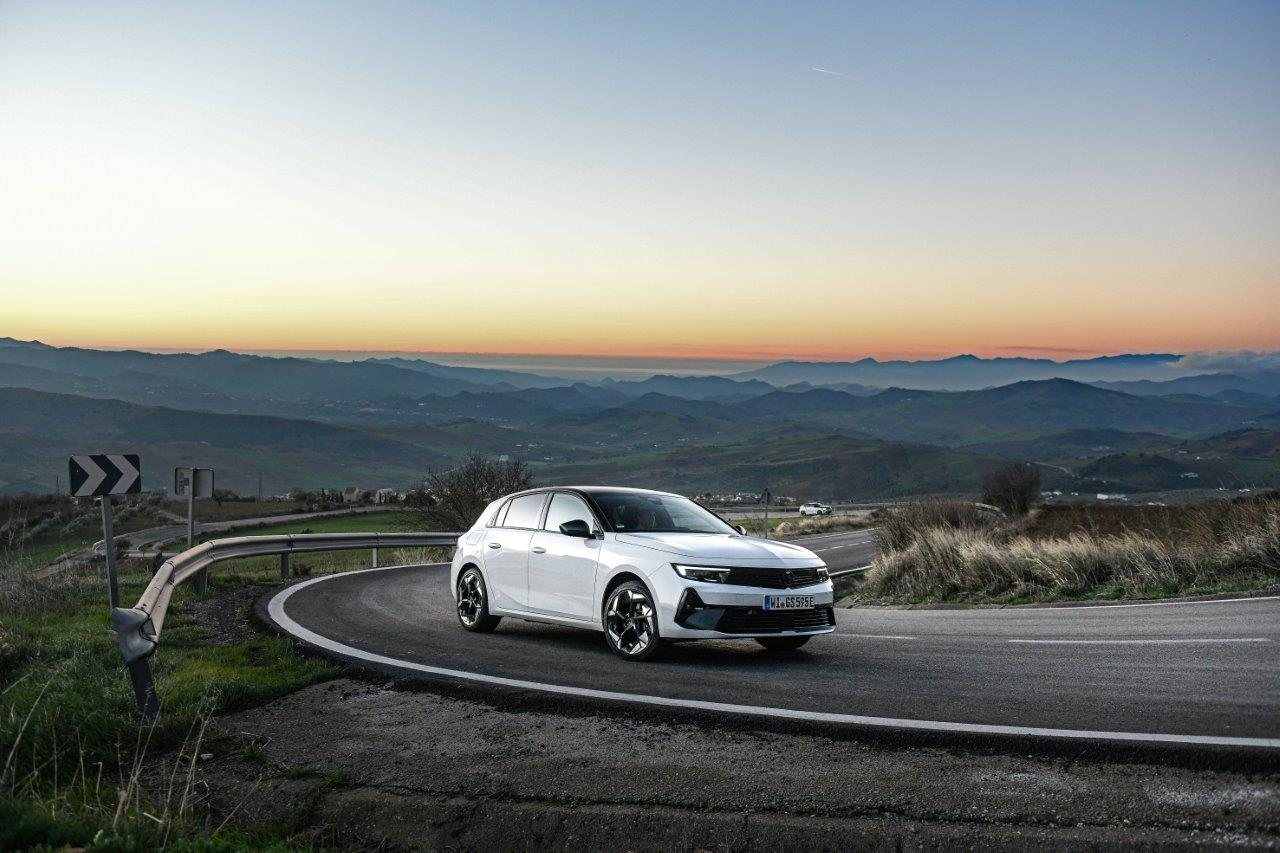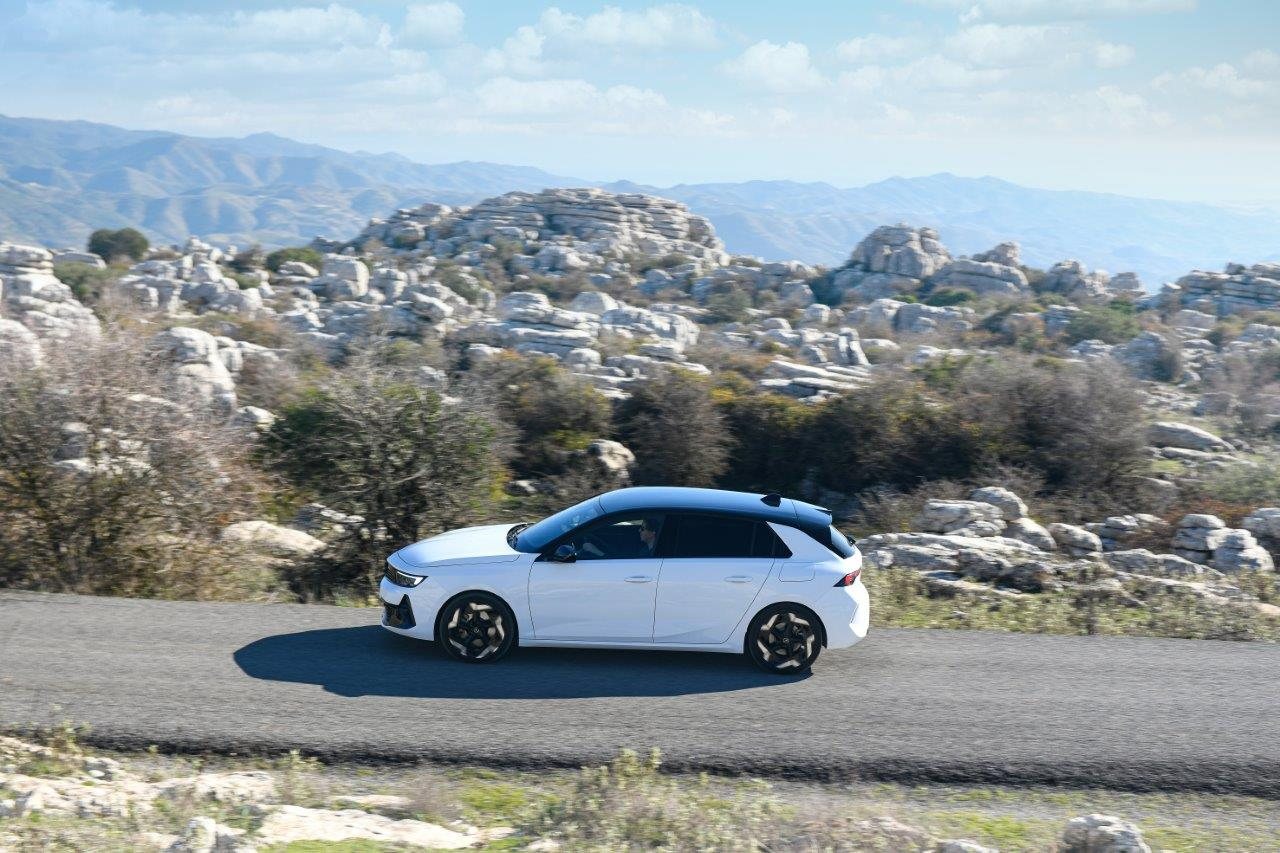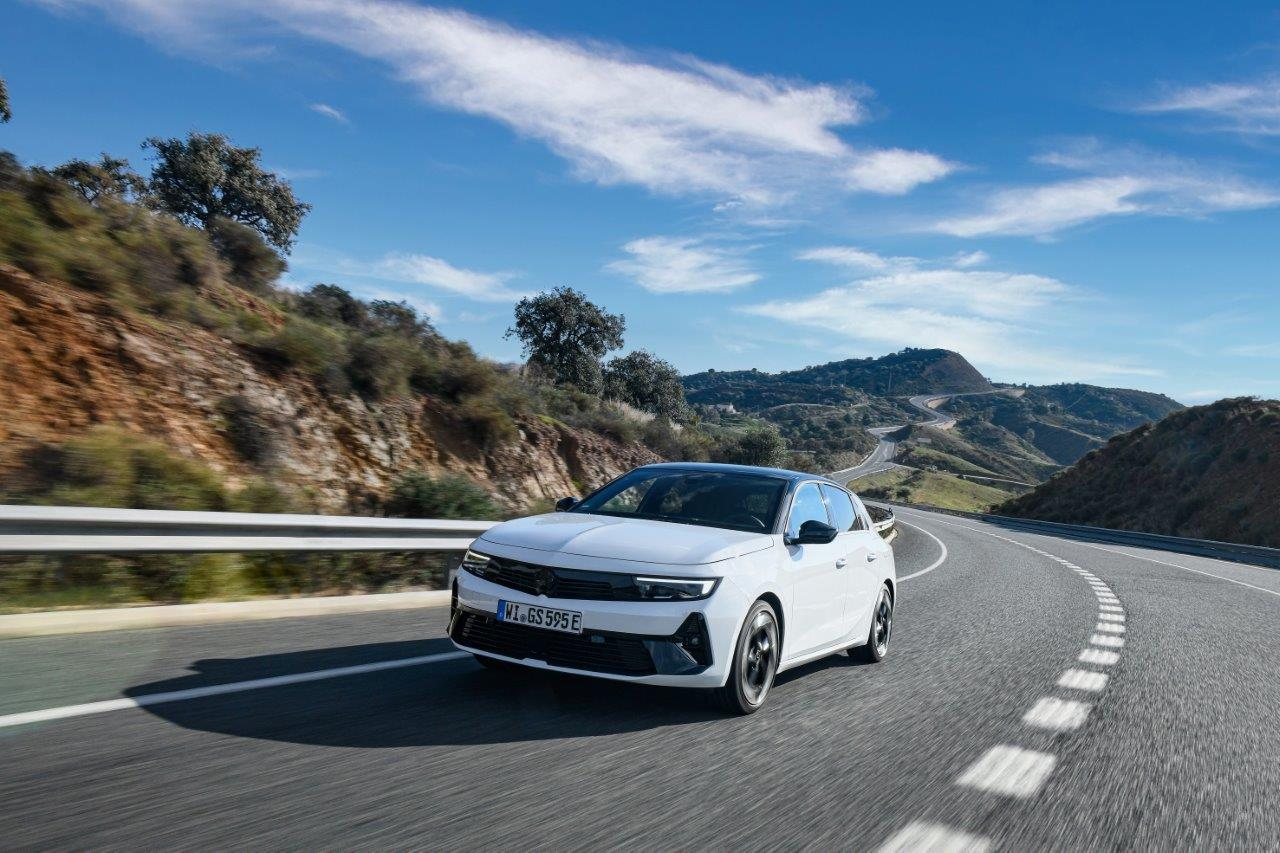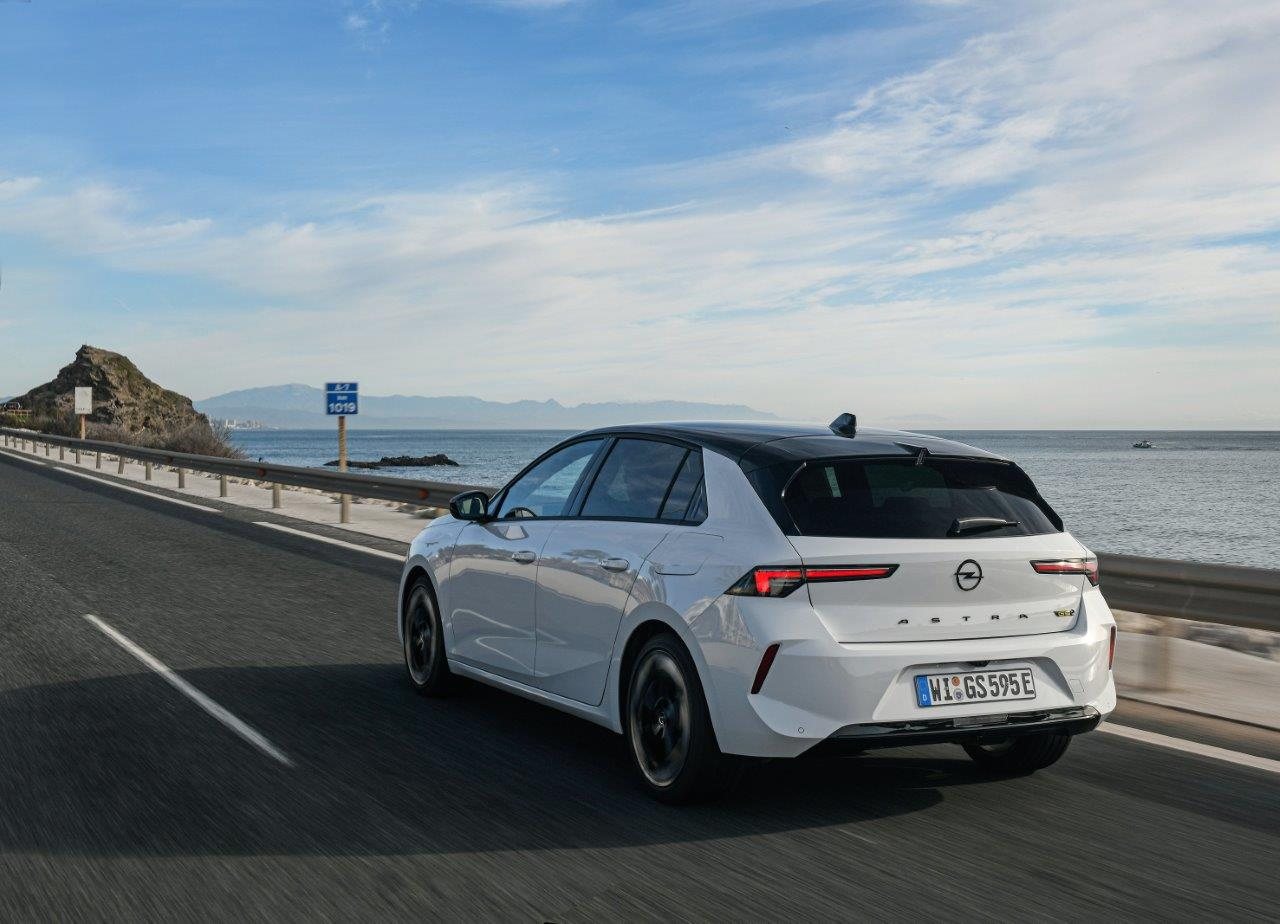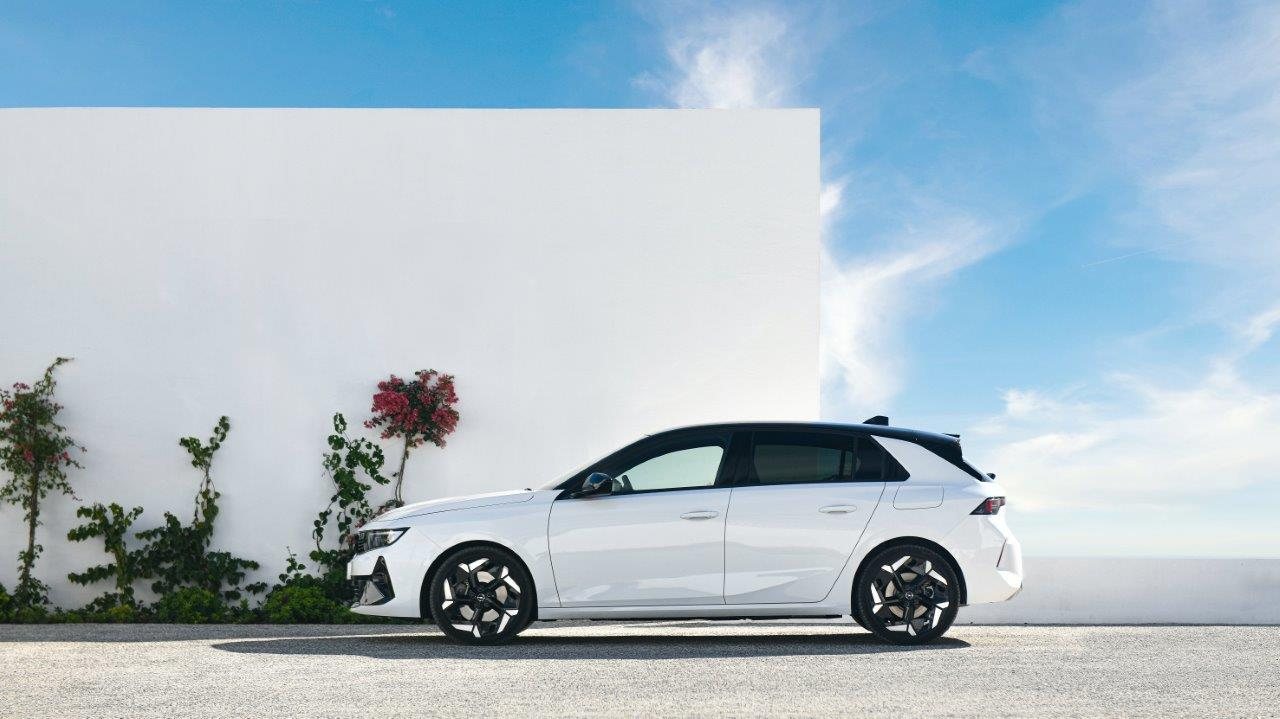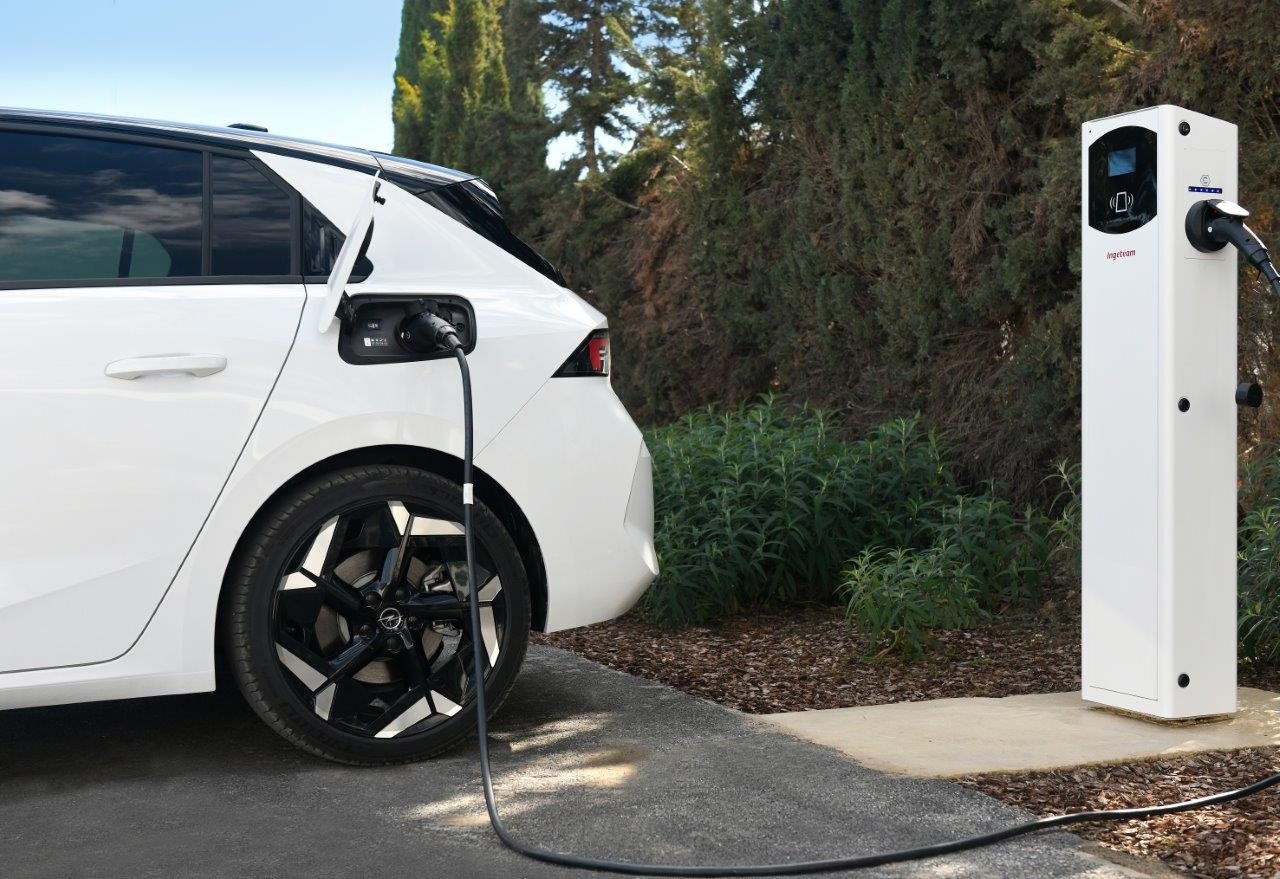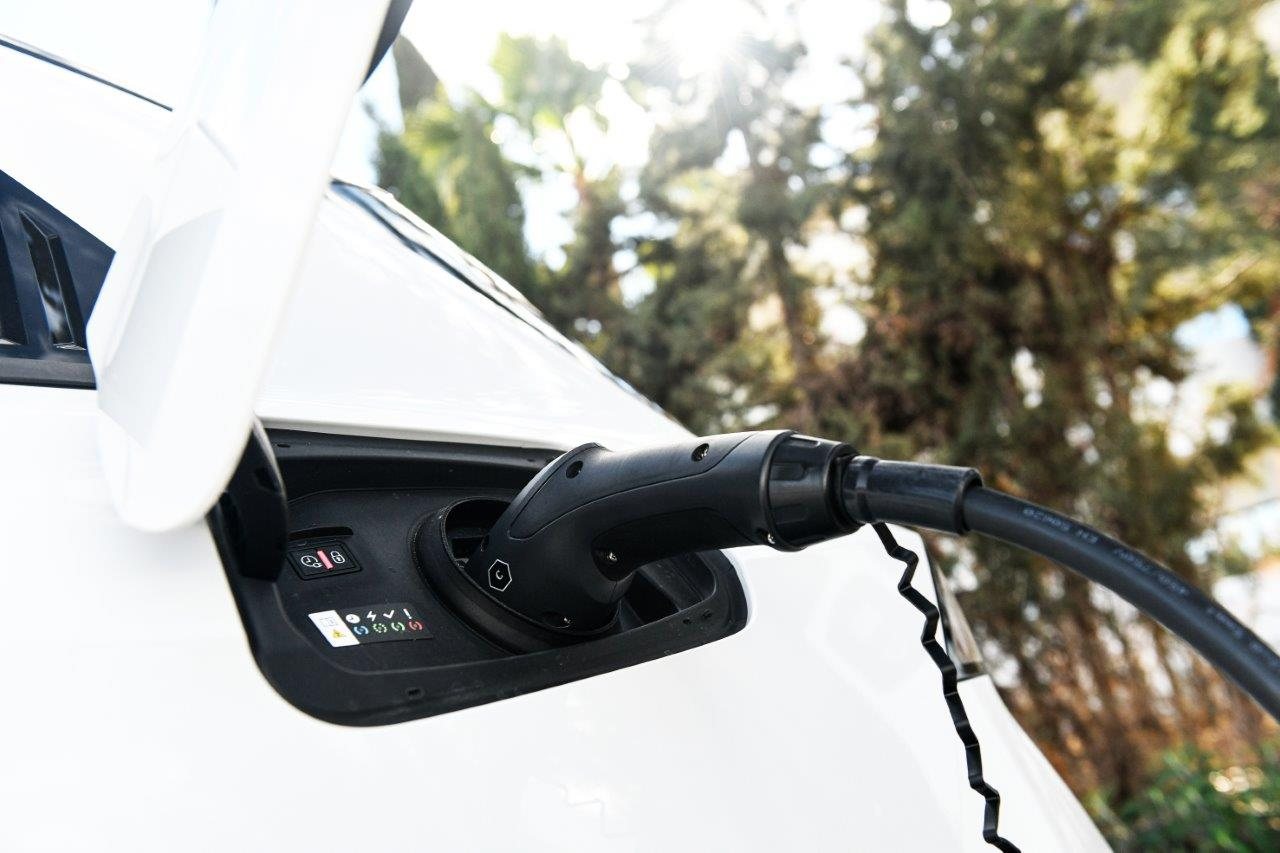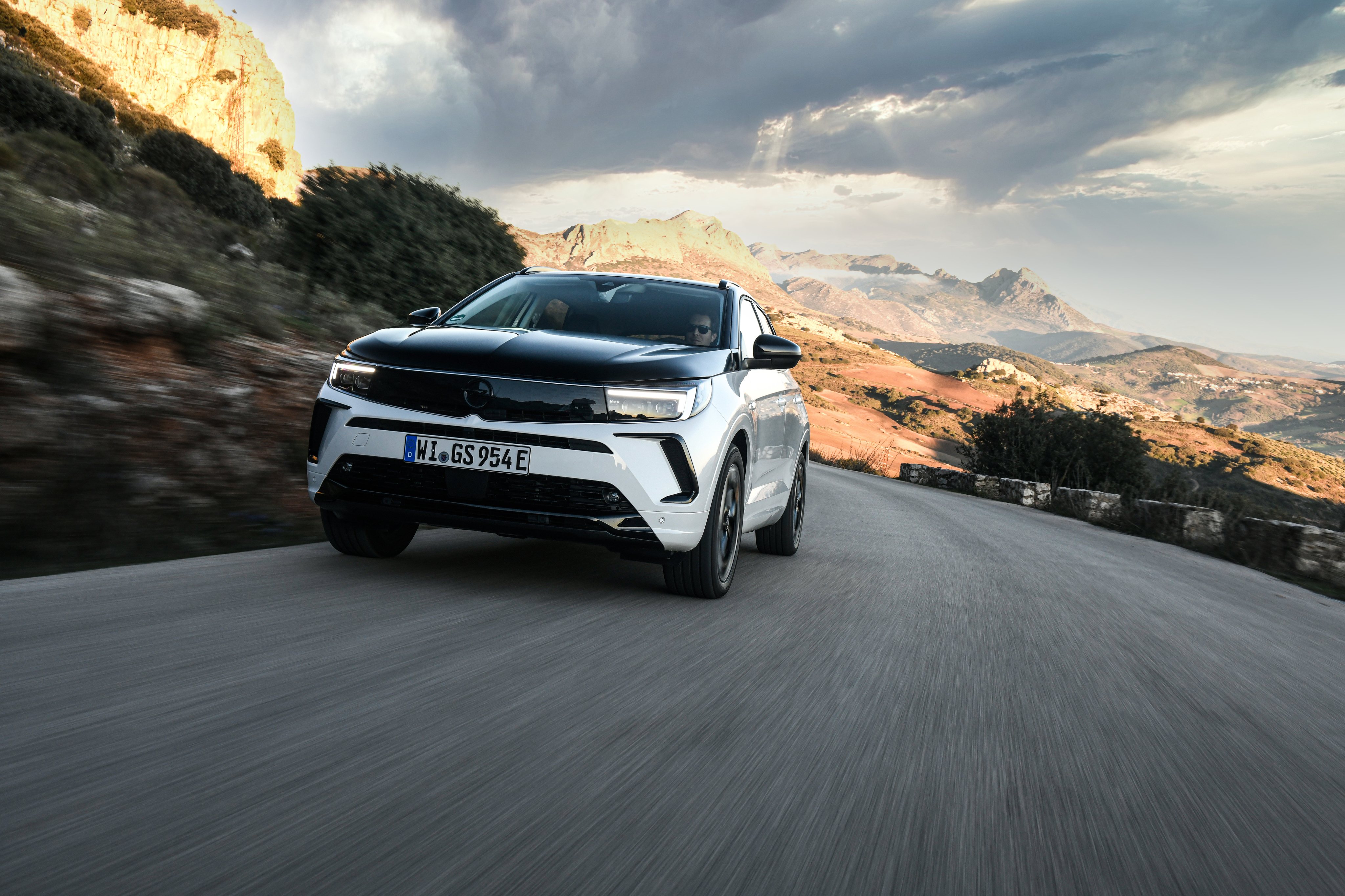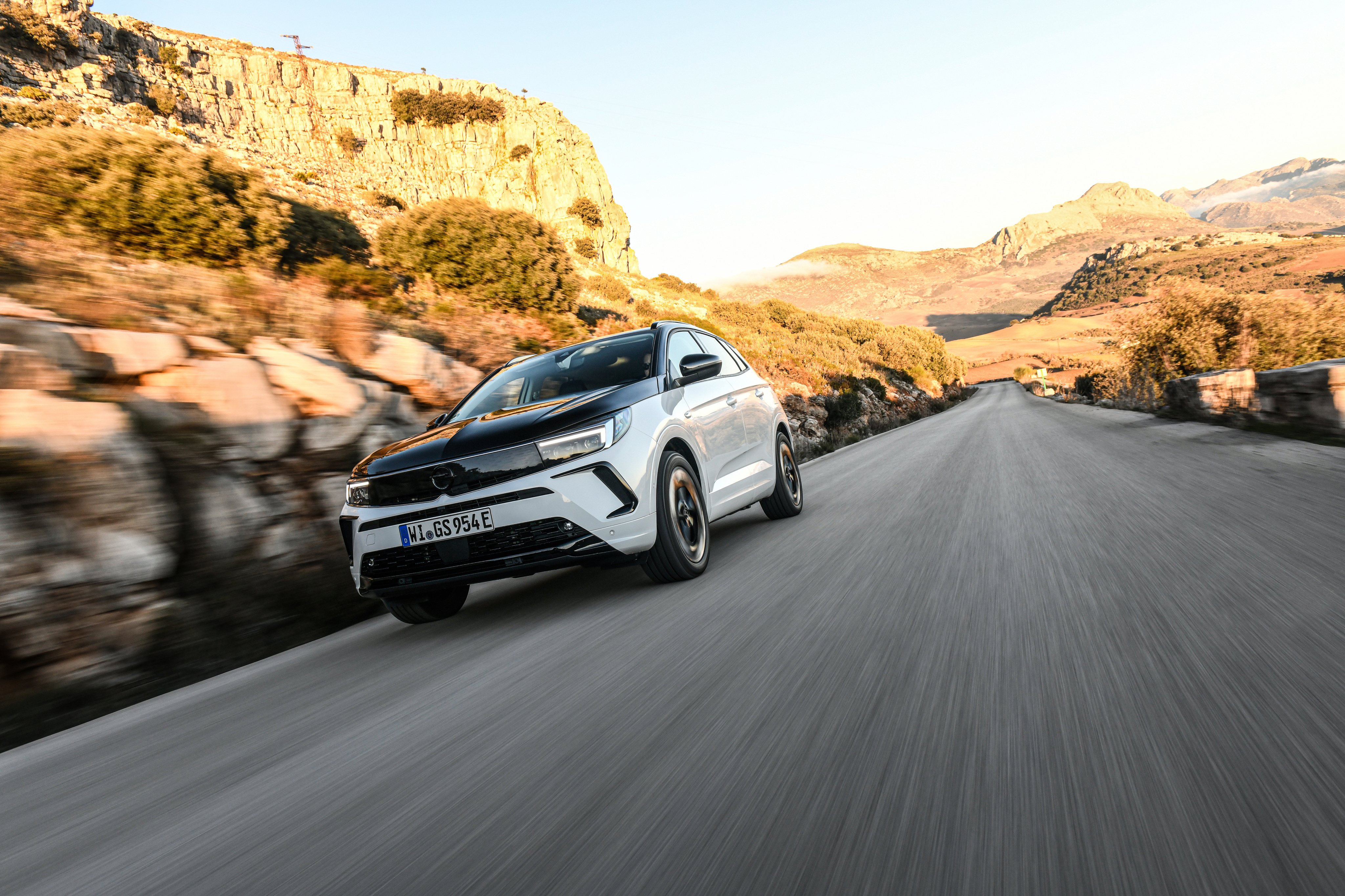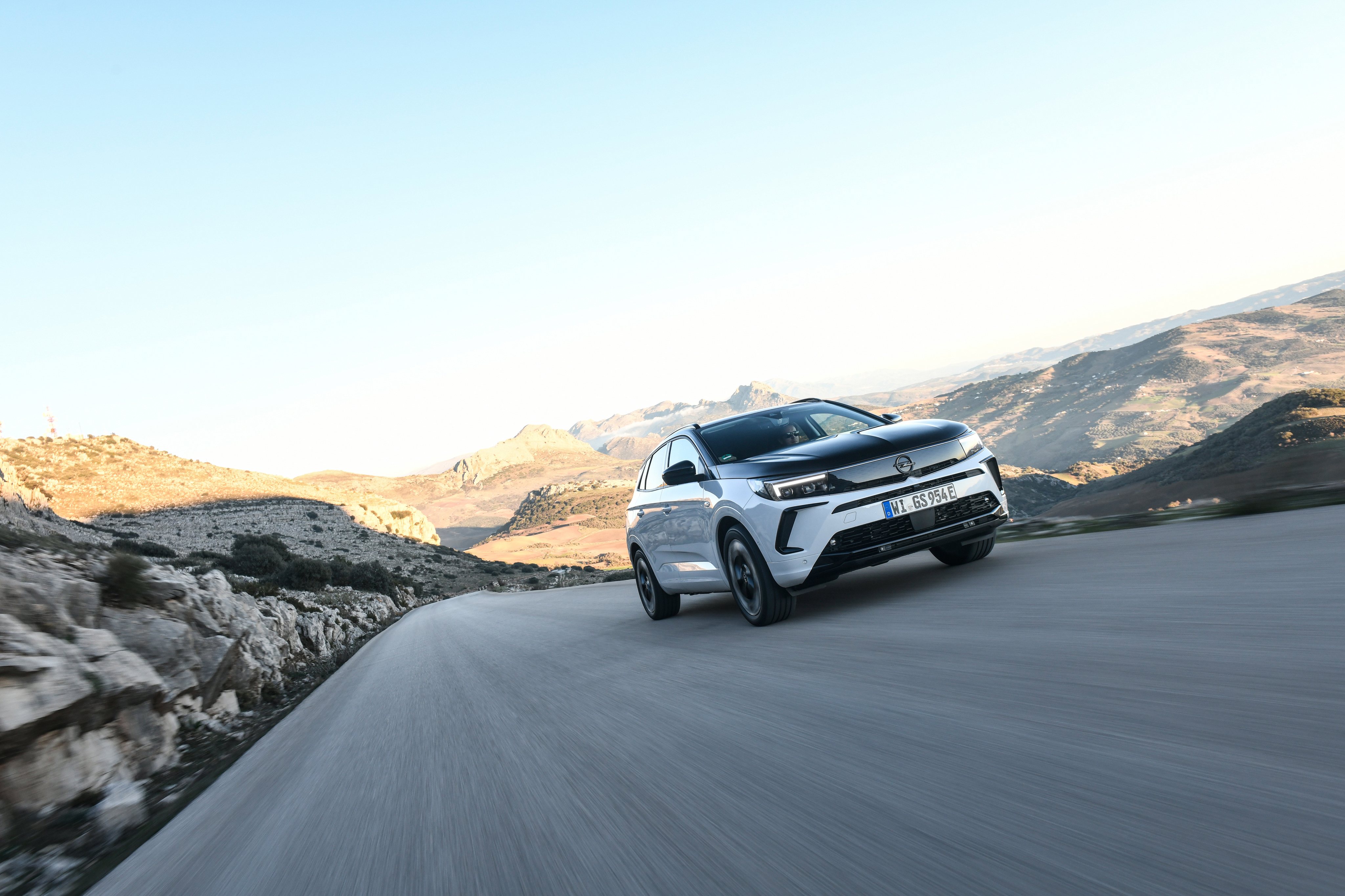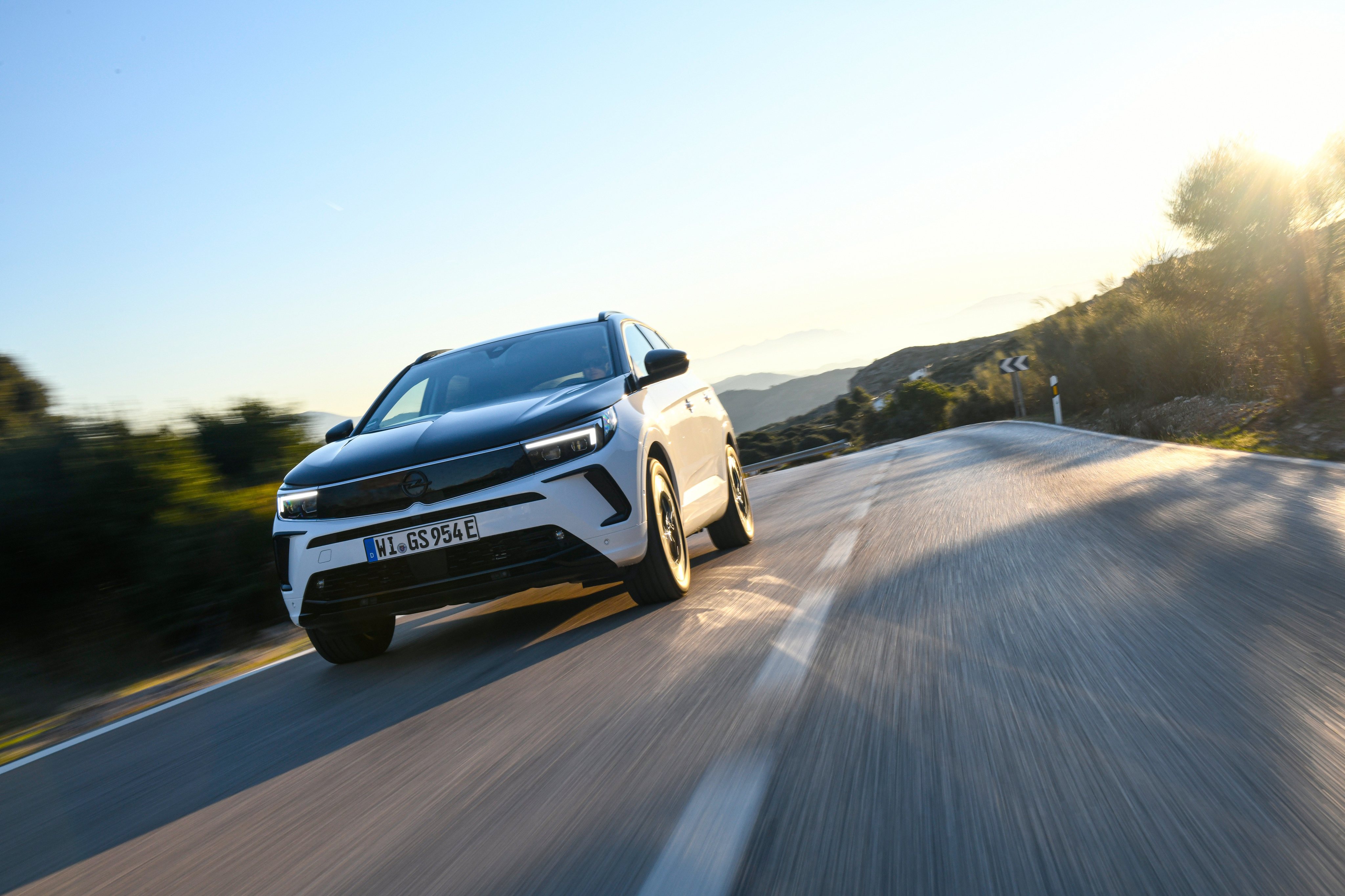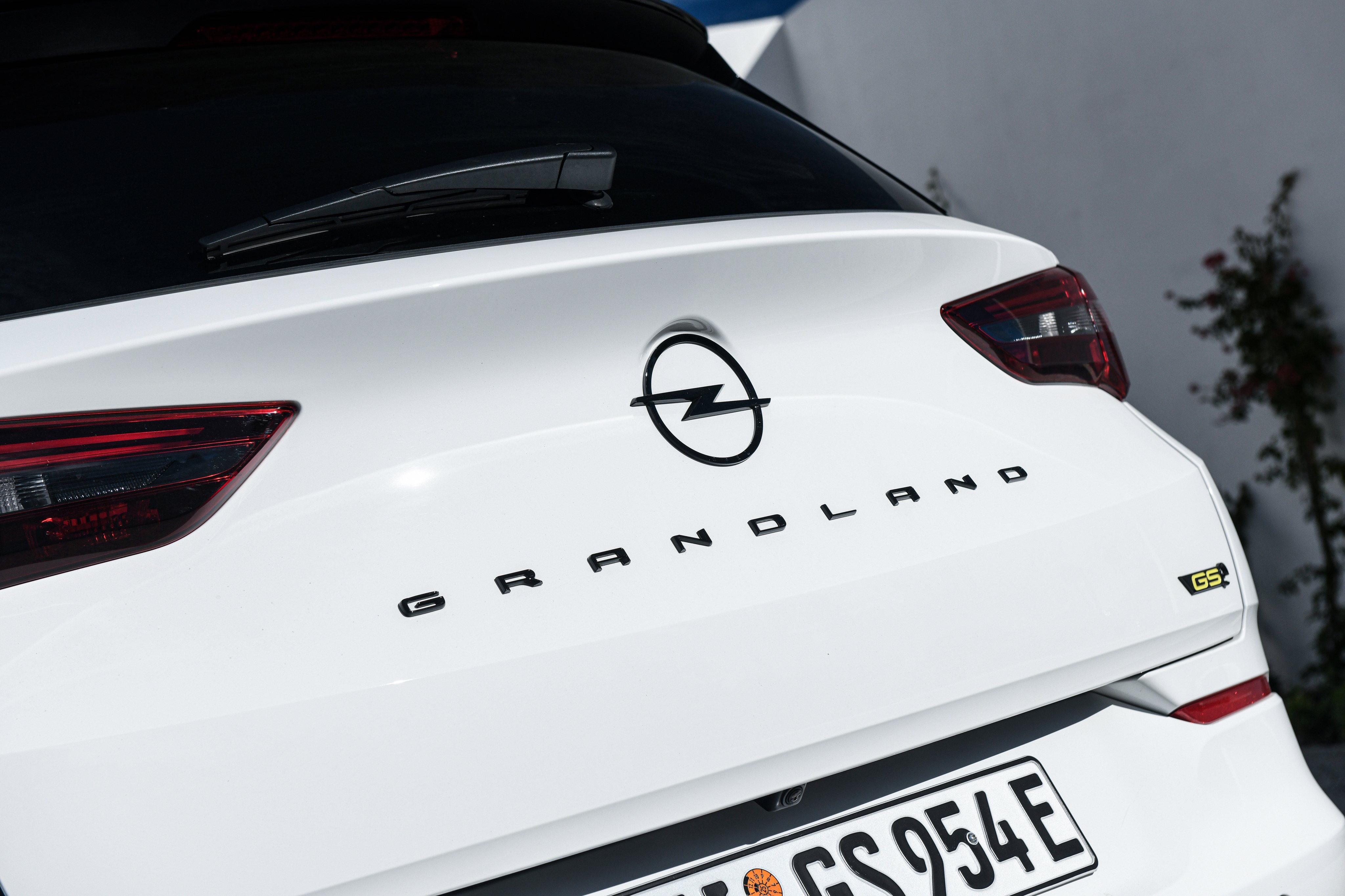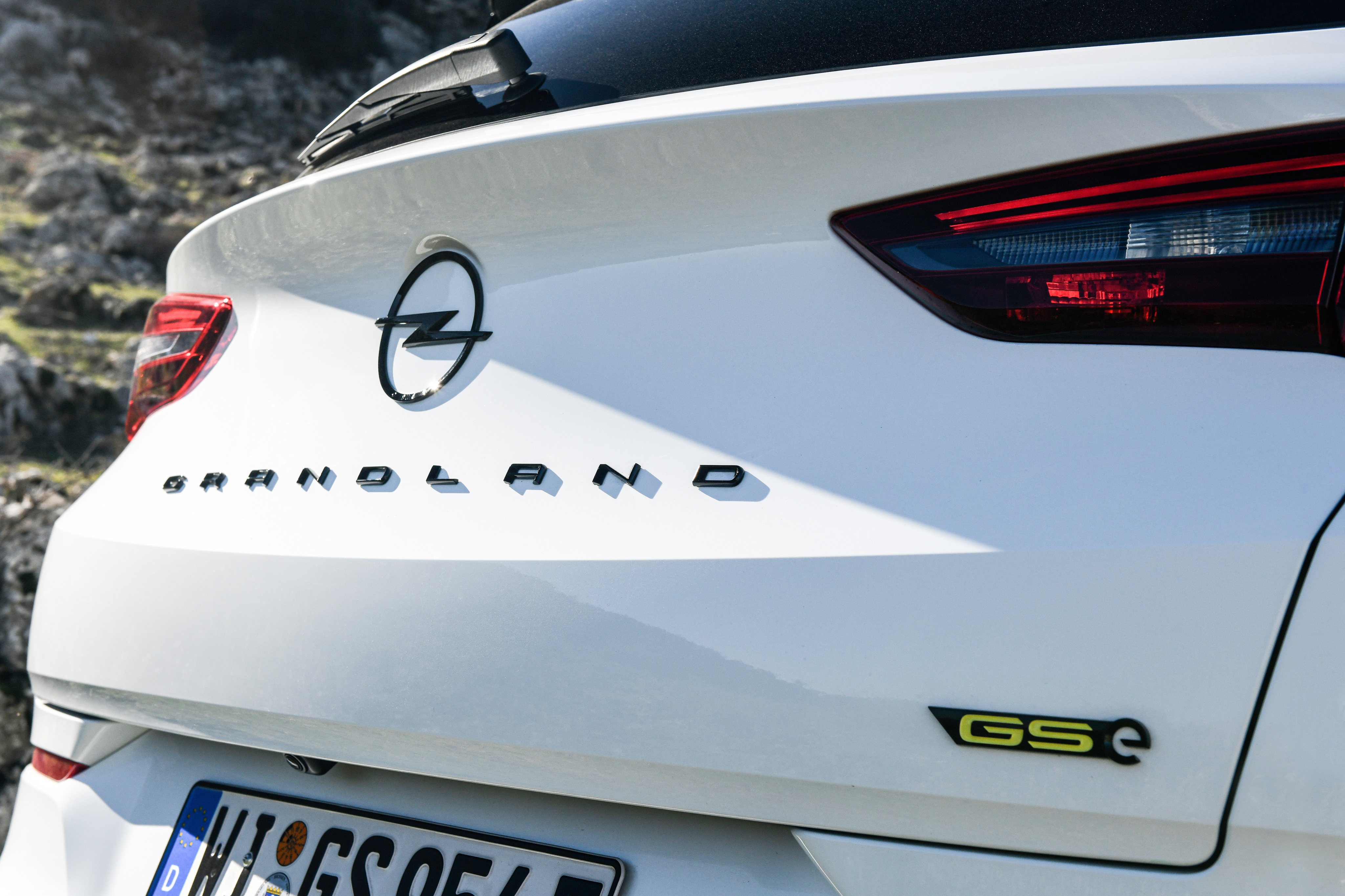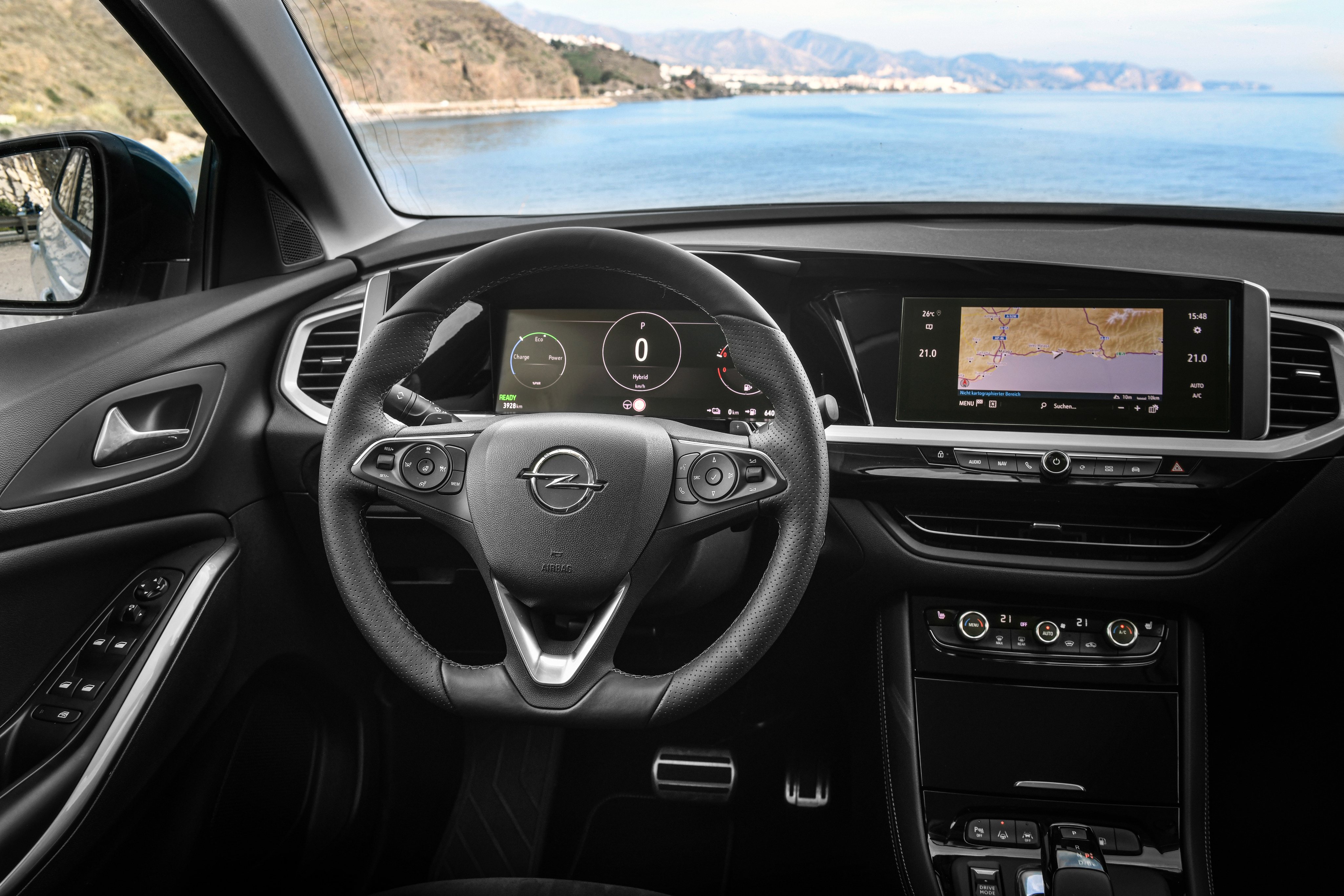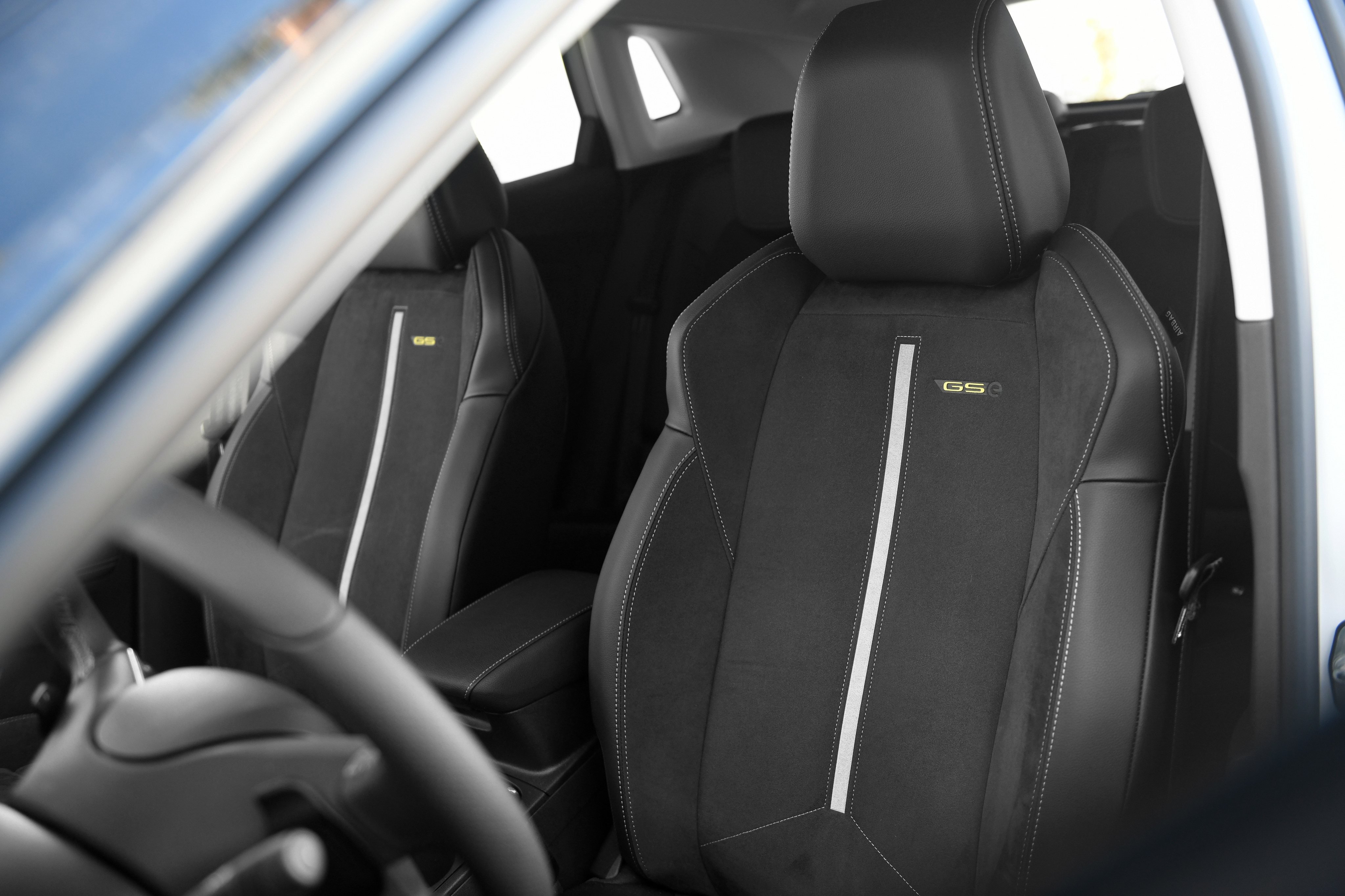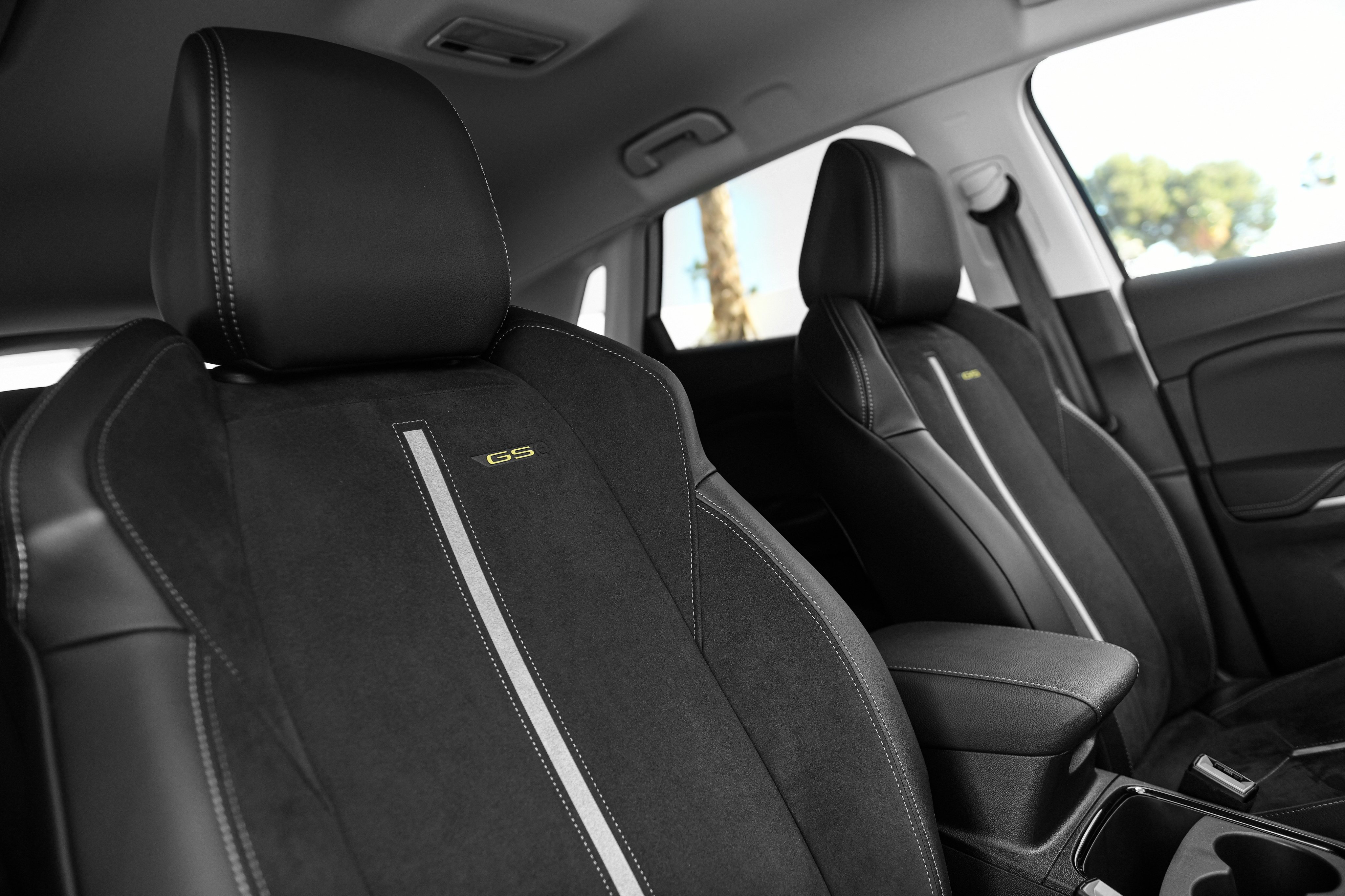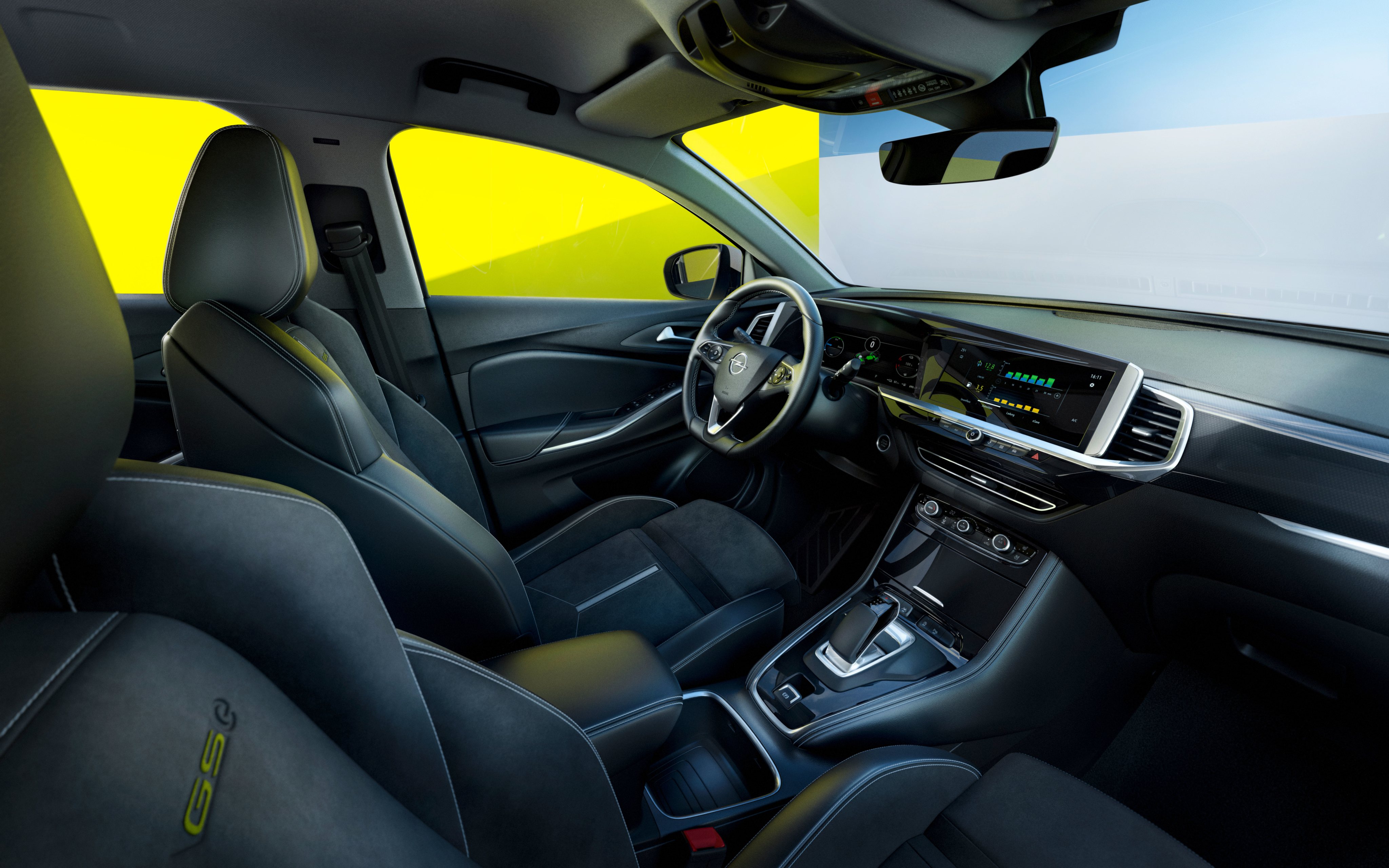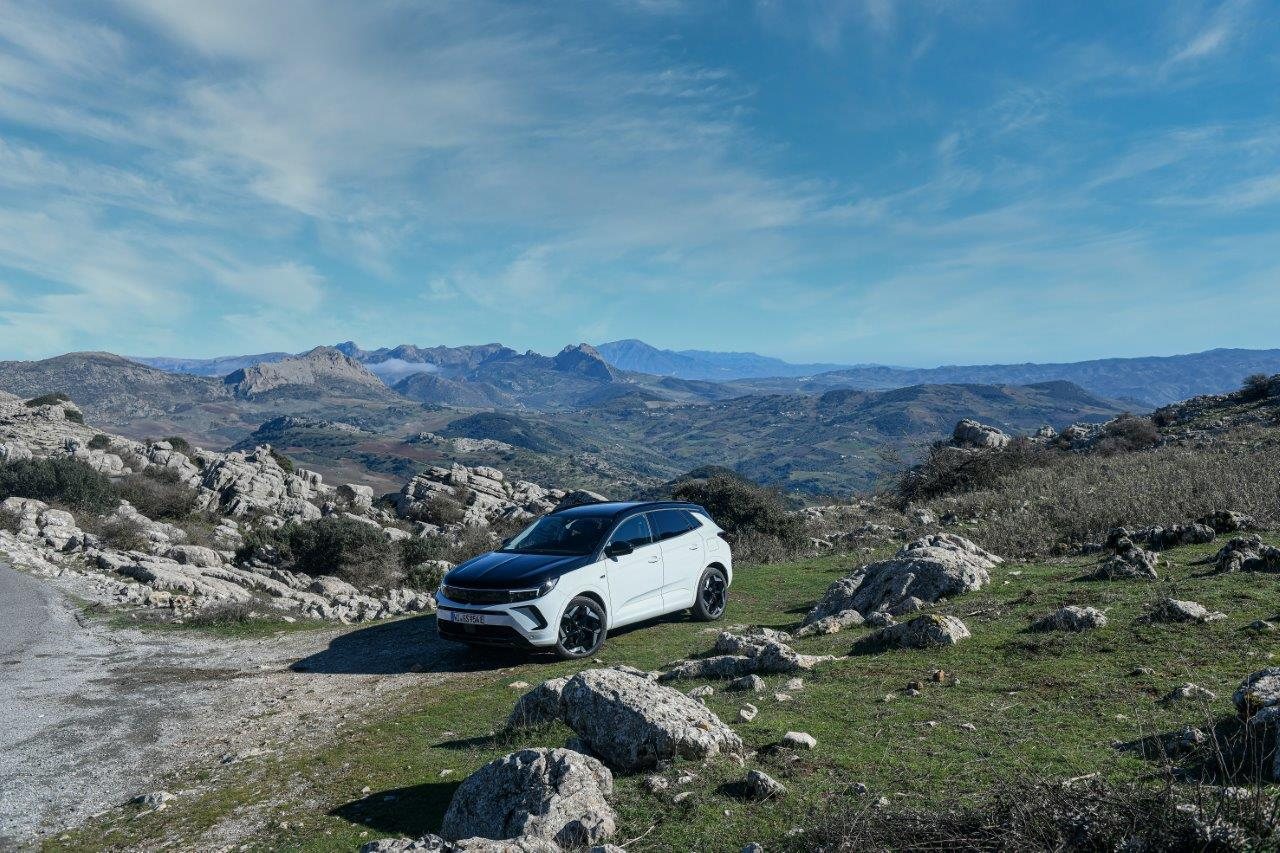The acronym GSe, which in the past was applied to Opel sports cars, a kind of German GTI, returns to the brand. Now no longer with the GS/E form (from Great Sport Einspritzung either Great Sports Injection), as used by the 1970 Commodore, or the 1983 Monza GSE, but rather GSe, synonymous with “electrified performance”since all of them reinforce the power of the main combustion engine, with an electrical group powered by a rechargeable battery. These plug-in hybrids (PHEVs) increase power by reducing consumption and emissions, while on the other hand, they present a more efficient chassis thanks to suspension modifications.
The models with access to GSe status will be, at least for now, the Astra -in a five-door saloon version and a Sports Tourer van- and the Grandland. The Astra will hit our market in early May, while the Astra Sports Tourer is scheduled for late 2023. The Grandland will be the first to arrive, with customer deliveries starting at the end of March this year. Opel takes the opportunity to highlight that 14% of customers have already made the online purchase of the brand’s models.
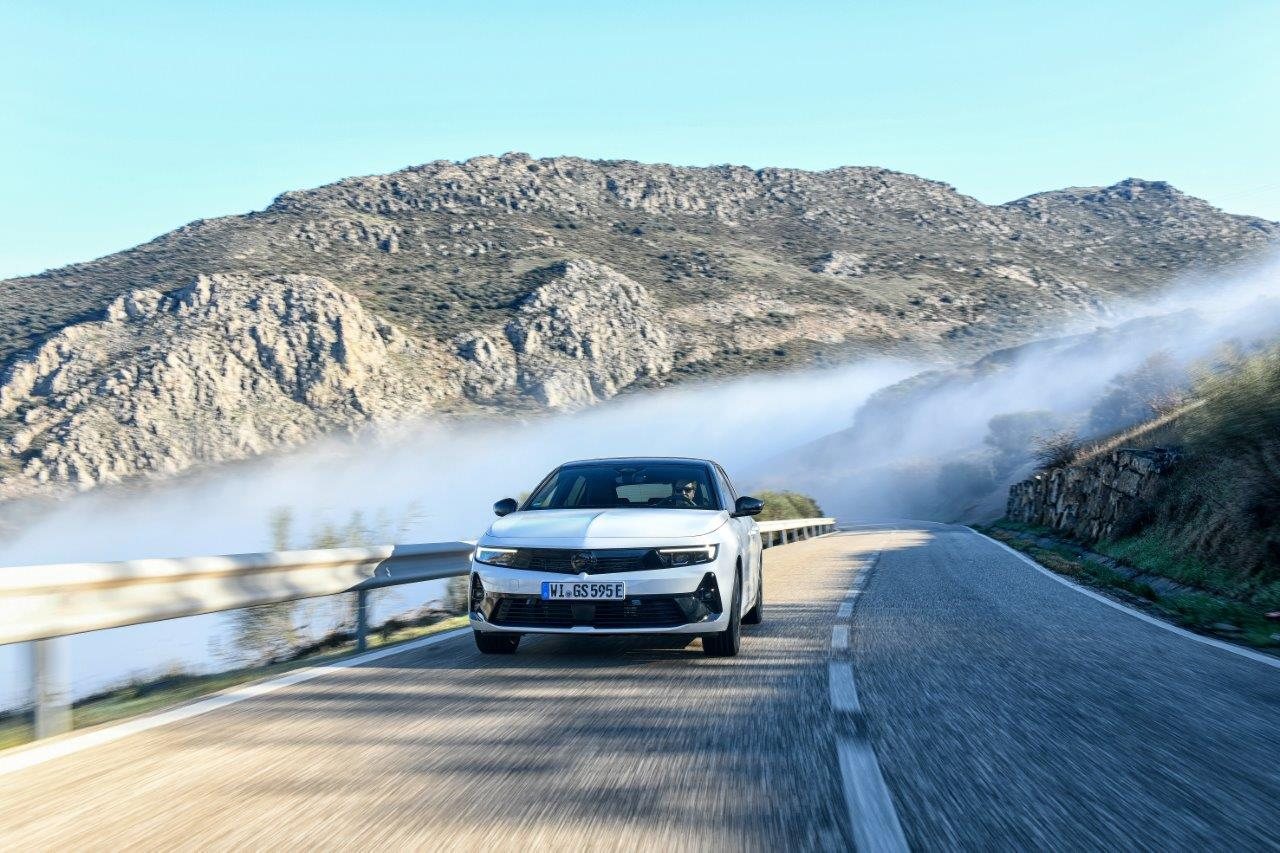
In the sedan version, the Astra GSe always responded to the accelerator, without compromising comfort on board.
GSe with sportier chassis
All GSe resort to sports suspensions to be more efficient and fun to drive. Ground clearance starts by lowering by 10mm, helping to lower the center of gravity, thereby increasing the vehicle’s agility. The greater proximity to the ground helps to differentiate the GSe versions from the rest, together with the specific bumpers, the different 18” wheels.
In addition to being lower, the GSes also adopt stiffer suspension, which comes at the cost of 11% stiffer shocks. These are the Koni FDS (Frequency Selective Damping) shock absorbers, a technology that allows two levels of hardness and that controls in a different way the requests of high and low frequency. This reduces body roll when cornering, again promoting efficient handling. has one steering system 9% more sensitivecapable of transmitting more information about the road to the driver (traction and grip levels), increasing driving pleasure as well as efficiency.
During the journey in which we drove the new Astra GSe, both in the sedan version and in the Sports Tourer, we tested how easily the GSes slip into a turn, as well as how efficiently they accept acceleration. Since these are not 100% sports versions, fine-tuned in terms of suspension without compromise, the GSe manage to be more effective without ceasing to favor comfort, never proving to be “dry” or excessively hard when driving through areas with less regular terrain.
The same advantages demonstrated in the Astra GSe are repeated in the Grandland GSe, despite being a taller and heavier model. The SUV benefits from the fact that it has an independent rear suspension, of the multi-link type, allowing you to toughen it up without pinching comfort so much. Along with the sportier chassis, the Grandland and Astra GSe mount the well-known tactile steering wheel and pleasant dimensions, in tandem with the involve the above banks and provide the necessary supportcertified by the German institute AGR.
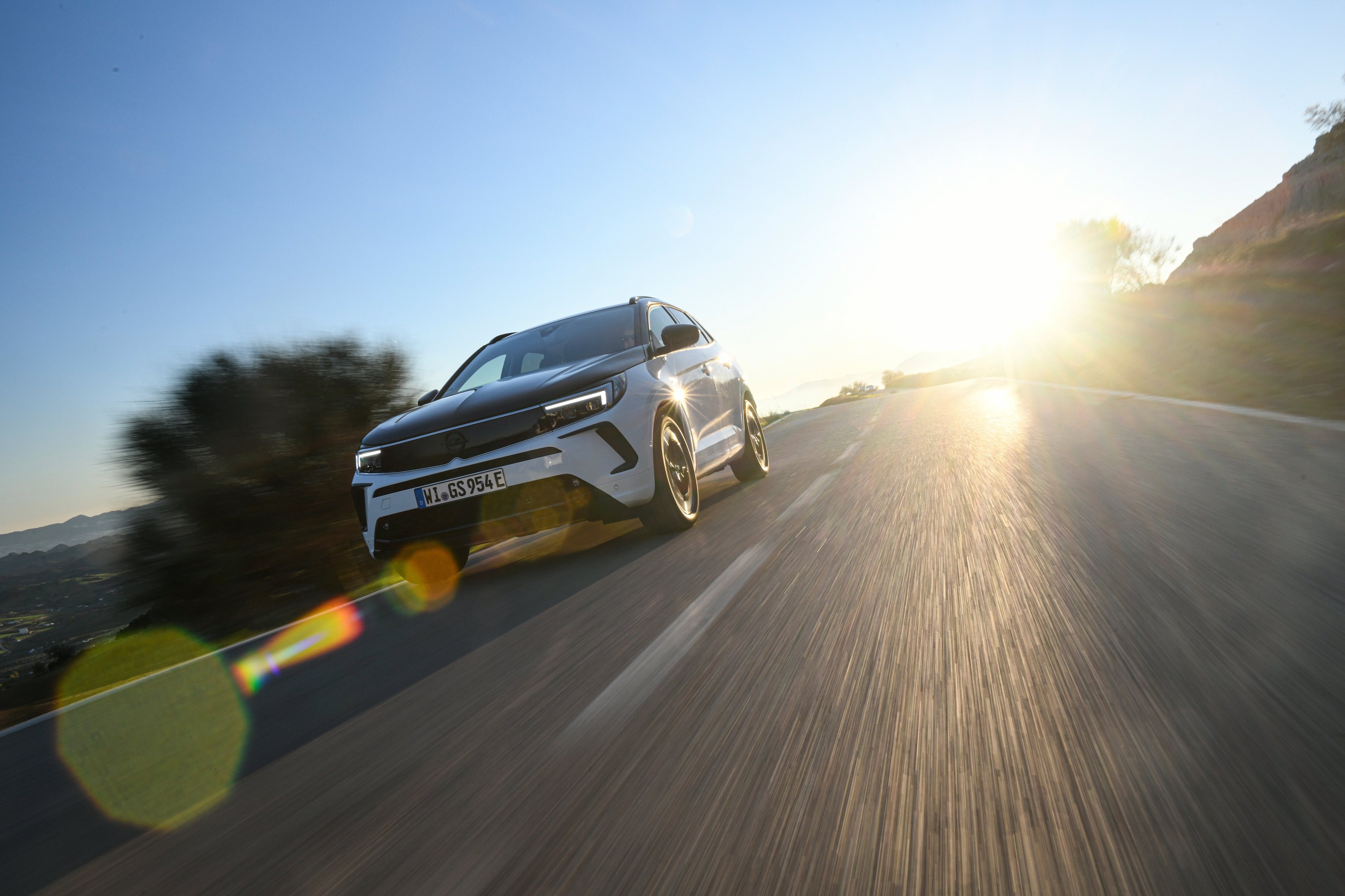
Look here at the Opel Grandland GSe on the roads of Malaga, as well as the interior and details
PHEV engine but only the most powerful
Stellantis has two full power levels in its organ bank, with combustion and electric motors totaling 180hp or 225hp. The Astra GSe are only available with the most powerful mechanics, which associates the supercharged 1.6-liter gasoline engine, with a power of 180 CV and 250 Nm, to an electric one of 110 CV and 320 Nm, values that a once modulated and together it reaches the aforementioned 225 hp and 360 Nm.
Powering the electric motor, still ensuring a autonomy in 100% electric mode of 64 km, value announced in WLTP, is a battery with a total capacity of 12.4 kWh (9.9 useful kWh). The Astra GSe announced 235 km/h top speed and 0-100 km/h in 7.5 seconds (7.6 seconds in the Sports Tourer), and there was plenty of power available at the wheel, with the electric motor giving immediate throttle response. We also found that the mechanics are well soundproofed and, as expected, even driving at a calm pace, the range in electric mode did not seem capable of exceeding 40 or 45 km.
But the most powerful GSe is the Grandland, which in this version has not one, but two electric motors, plus a more powerful 1.6 turbo engine, with 200PS and 300Nm. The first electric motor is still installed inside the automatic gearbox, more specifically instead of the flywheel, providing 110 hp and 320 Nm. The novelty is the second engine installed on the rear axle, with 113 hp and 166 Nm, which is intended to reinforce the total power, but above all the all-wheel drive. Offering a combined output of 300hp and 520Nm of torque, it was easy to confirm the Grandland GSe’s agility behind the wheel, despite weighing 1,867 kg, a value that is partly due to the installation of a larger battery, since the capacity has gone from 12.4 to 14.6 kWh, which allows it to continue announcing 63 km of autonomy in WLTP. However, this version limits the capacity of the trunk, which goes from the original 514 liters to only 390.
We have already told you when the new GS arrive in Portugal, so all that remains is to continue with the prices. The Grandland, the first to be available for delivery, can now be ordered for prices starting at €60,932. The Astra GSe arrives a little later at €51,090.
Source: Observadora
